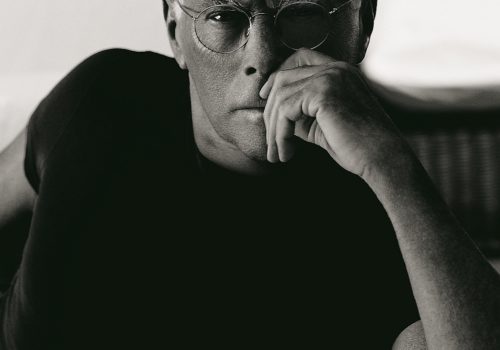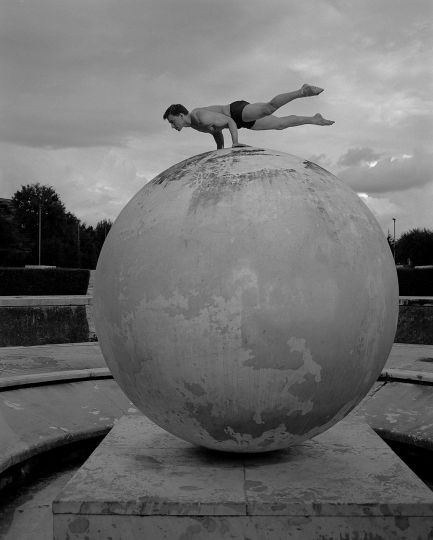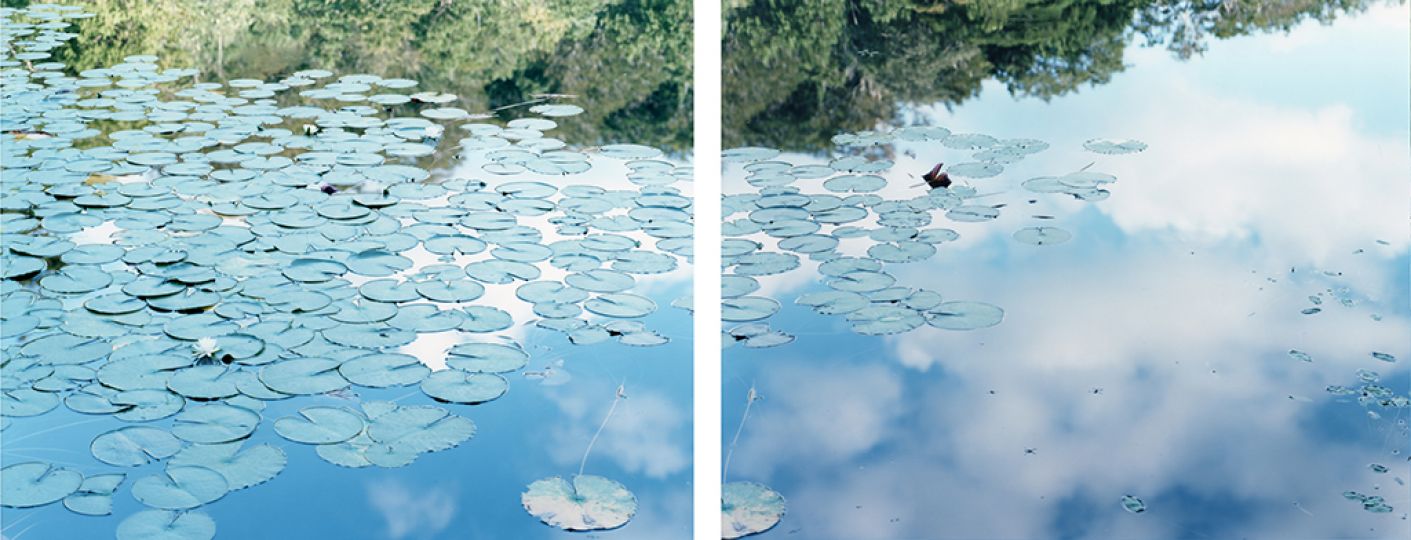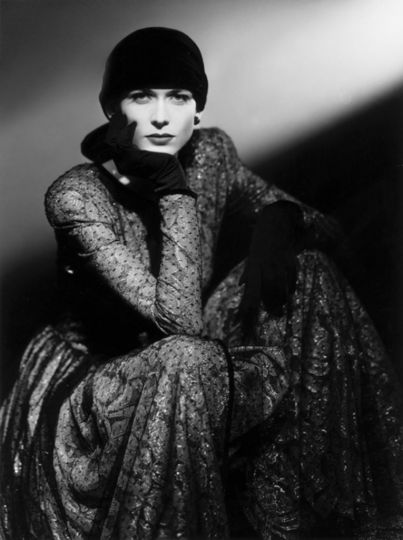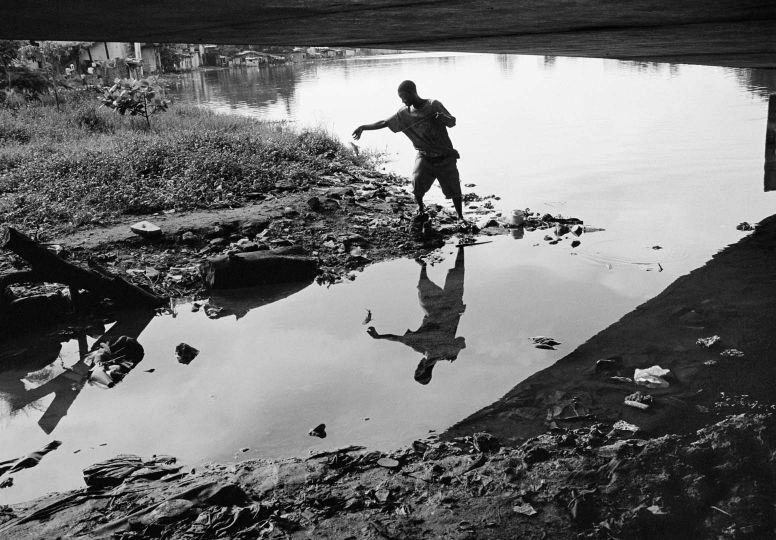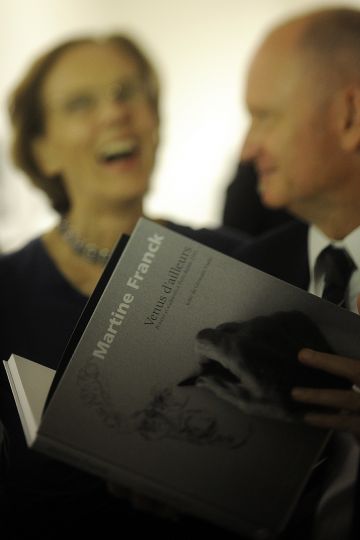Giorgio Armani is a well-known name, almost a legend in the fashion system and far beyond. He was always interested in the crucial role images and photography play in communicating his work and his style all over the world. The Eye of Photography interviews him on this theme.
For decades, the name Giorgio Armani has been synonymous with style. I believe this implies a special kind of sensitivity to aesthetics and creativity. What role have these two factors played – and continue to play – in designing the collections?
In fashion, as in all the arts, creativity and a certain sensitivity and susceptibility to aesthetics are paramount. Without them there is no idea, no message to convey, no story to tell. My collections have always moved along these lines.
A sense of aesthetics and creativity allows for a deeper vision of reality: could it be said that these elements are some of the reasons which led you to photography?
A photographic image tells a story, it conveys emotions. I am inspired by photography in exactly the same way as I am inspired by life, as it unfolds all around me. A creative person cannot and should not live isolated from reality, but rather dive into it, grasp its essence, and process it in his or her own way. It is reality itself – and, with this, photography that manage to represent it – which offers the most interesting creative ideas.
Is it possible to see a link between your experience as a young photographer – able to consciously apply, as well as to break, the “rules” of photographic composition – and that of a designer, whose new vision has been able to revolutionise the stylistic elements of fashion?
Photography, together with cinema, is the art form to which I feel closest; I believe it’s an innate intuition, honed with experience. I have never been a professional photographer, but my way of thinking and of seeing things has definitely given rise to precise methods and rules that I have applied to each discipline that I have been involved in, from photography to fashion.
What have been the most interesting moments of your experience as a photographer, and which photographers have inspired you?
I don’t actually take photographs, but I have a close relationship with photography, which has become a major tool with which to express my work. I like a direct style of photography, the one capable of showing that special connection between the photographer and the views he expresses. And this emotion is conveyed in Larry Fink’s shots; when you are in the presence of his work The Beats and The Vanities, currently on display at the Armani Silos, you feel as though you are there with him, observing a private moment. The people in his pictures are often caught off guard and seem unaware of the camera.
You have worked with many well-known photographers. Has learning how a photo shoot works, and being able to understand the rational behind a certain shot helped, in some way, to make the final images of a piece of work more in tune with your expectations, rather than just express a business relationship between client and photographer?
I like photographs that can transform and enhance people, that can make them unforgettable. Over the years I have always hoped that this would remain a strong element of my campaigns, and I think that I have succeeded with the help, time after time, of great photographers who managed to express their feelings and their perspective while still respecting the brand. I am reminded of the painting-style photos of the Emporio Armani menswear campaign shot by Aldo Fallai, as well as those by Peter Lindbergh for womenswear, which were impactful and able to maintain their appeal over time.
The aesthetic strength, the depth of the lines, the harmony and/or colour contrast that characterise your designs are the result of a process that combines strict rationality with intuition and a creative breaking away from sense-making. Do you think that these elements are also valid in photography?
In order to create your personal stamp, I believe it is necessary to have the subtle ability to understand how to work effectively in the market in which you operate, and make your work unique through a personal and instantly recognisable language. I believe that I always do this with my fashion, and I am convinced that it is also crucial in photography. There are many photographers nowadays, and they must show their unique recognisable vision in order to stand out and become unforgettable to the public. Larry Fink, for example, has an intimate and unconventional approach, with a focus on the human side of the situation, whether he is photographing the youth of his generation in the 1950s or movie stars at the beginning of the millennium.
Recently you personally curated the exhibition Emotions of the Athletic Body. What was the most exciting part of this for you, and why?
I’ve always been fascinated by the cult of sport, the love for physical fitness and outstanding athletic performance. With this exhibition, I wanted to highlight the relationship between body and sport, which has always been a part of my vocabulary.
For several years, the Armani brand has been an official partner of Paris Photo, and the Armani/Silos in Milan has hosted events closely associated with images (still or in motion): what significance does photographic language and visual communication have for you?
A fashion photograph can be beautiful, but it can also touch people’s emotions. I have always been tied to the language of photography, which is able to arouse emotions. When I look at Larry Fink’s pictures, it feels as though the photographer was looking at me right in the eye, guiding me with his gaze and showing me his own perspective.
In your opinion, what role does photography play in communicating the style of a fashion house?
From my very first campaign shot by Aldo Fallai, it was clear how important it was to use images to convey a certain kind of feeling and a precise aesthetic, which I knew from that point on would always remain tied to my brand. Today, many projects and many ideas that I have in my head have become a reality through images, and they tell the stories that I envisioned for my brands.
In a not too distant past, photographs were taken in moderation. Today we are seeing a very high production (in numbers) of images, perhaps so many that they cannot be completely experienced. This can be observed also during the runway shows. In your opinion, does this almost uninterrupted flow of images taken by bystanders, who often observe the show exclusively through the filter of a screen, lead to a growth in the culture of fashion, or is it likely to have the effect of a kind of fog, masking and hiding reality?
I think this growing phenomenon is undoubtedly a great opportunity, but like any media development it must be exploited with moderation and intelligence. Fashion is actually now more immediate and accessible to a wider audience – including youngsters – but this flow is likely to detract from the genuine value of fashion photography of the highest level.
Interview by Paola Sammartano
Paola Sammartano is a journalist specialized in arts and photography based in Milan, Italy

